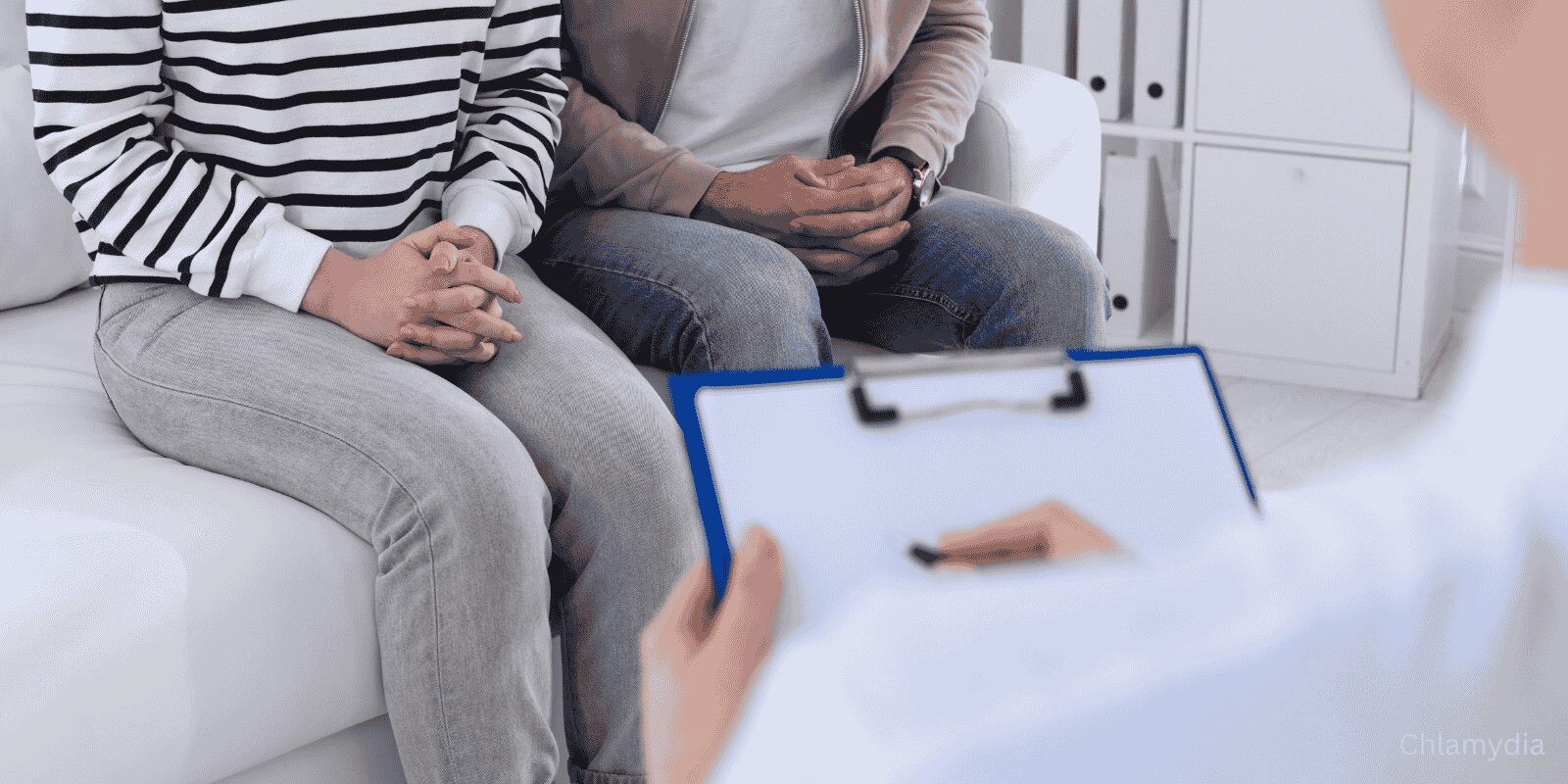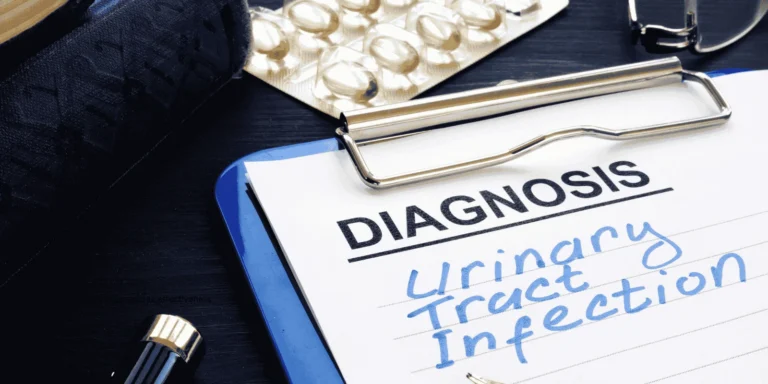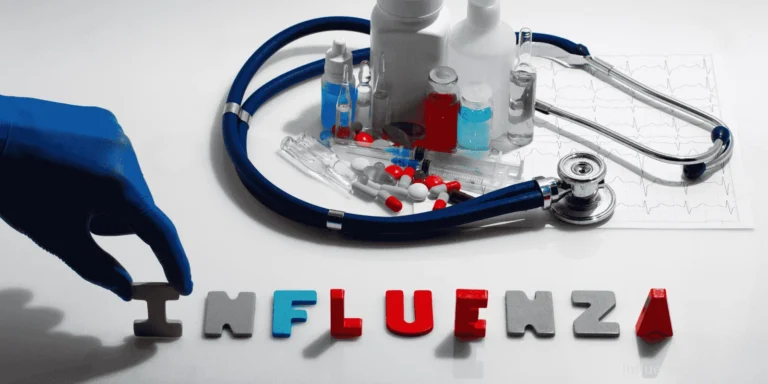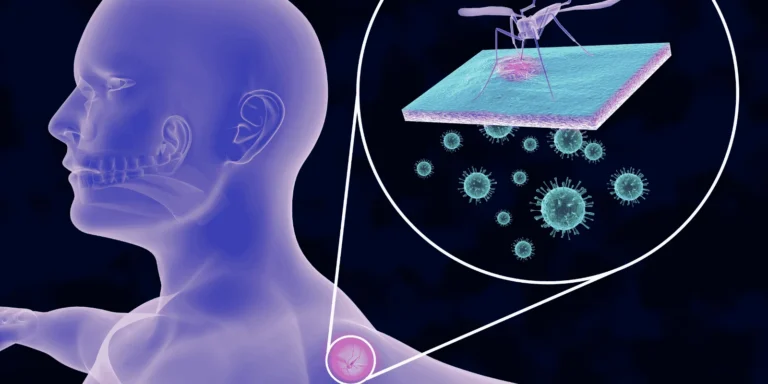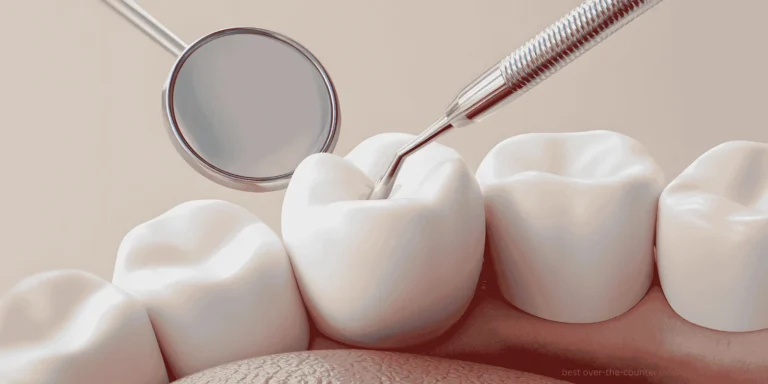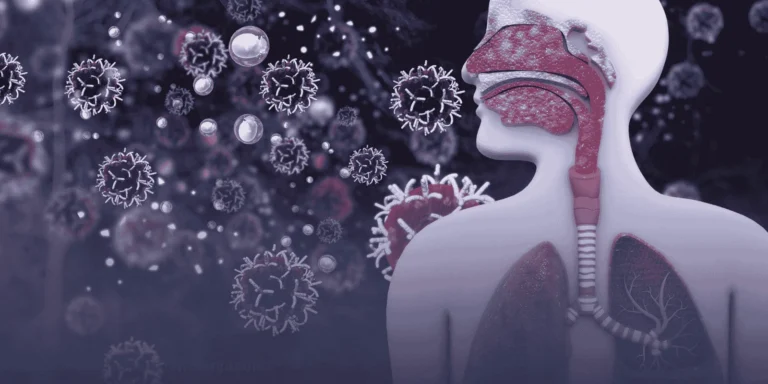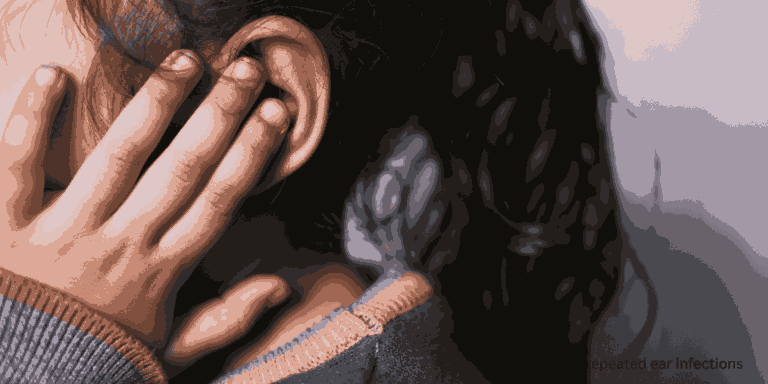Chlamydia is sneaky. Really sneaky.
It’s the most commonly reported sexually transmitted infection in the U.S., but most people who have it don’t even know it. That’s the problem — and why it spreads so easily.
The Silent Infection
About 70% of women and 50% of men with chlamydia have no symptoms at all. You feel fine, your partner feels fine, but the bacteria is quietly causing damage.
When symptoms do show up, they’re often mild and easy to dismiss:
- Burning when you pee
- Unusual discharge
- Pelvic pain in women
- Testicular pain in men
How You Get It (And Don’t Get It)
Chlamydia spreads through vaginal, anal, or oral sex with someone who’s infected. It doesn’t spread through kissing, sharing drinks, or toilet seats.
You can get it from someone who has no symptoms and doesn’t know they’re infected. This is why regular STD testing matters if you’re sexually active.
Why Chlamydia Matters
Left untreated, chlamydia can cause serious problems:
- Pelvic inflammatory disease (PID) in women
- Infertility in both men and women
- Increased risk of getting HIV
- Complications during pregnancy
I’ve seen young women develop chronic pelvic pain from untreated chlamydia. It’s preventable damage.
The Good News: Easy to Treat
Chlamydia responds well to antibiotics. Usually it’s azithromycin (single dose) or doxycycline (7 days).
Treatment is simple, effective, and readily available through telehealth platforms. No need for uncomfortable in-person visits.
Testing Made Simple
Chlamydia testing is straightforward — usually a urine sample or swab. Many places offer at-home testing kits that you can mail in.
Test if you:
- Have new or multiple partners
- Have symptoms
- Your partner tested positive
- You’re under 25 and sexually active (CDC recommends annual screening)
Prevention Basics
Condoms significantly reduce transmission risk, though they’re not 100% effective since chlamydia can infect areas not covered by condoms.
The most reliable prevention is knowing your partner’s STD status and both getting tested before unprotected sex.
Partner Treatment
If you test positive, all recent sexual partners need treatment too — even if they test negative or have no symptoms. This prevents reinfection and stops the spread.
The Stigma Problem
Chlamydia carries unnecessary shame. It’s a bacterial infection, like strep throat, but in your genital tract. It’s common, treatable, and having it doesn’t say anything about your character.
Bottom Line
Chlamydia is incredibly common but easily treated when caught. Regular testing, especially if you’re sexually active with new or multiple partners, catches it before complications develop.
Don’t let embarrassment prevent you from getting tested or treated. Your future fertility and health are worth more than temporary discomfort.

